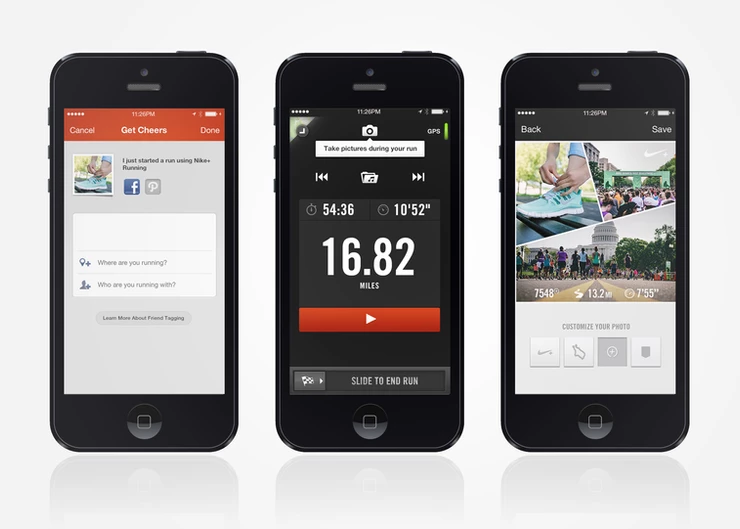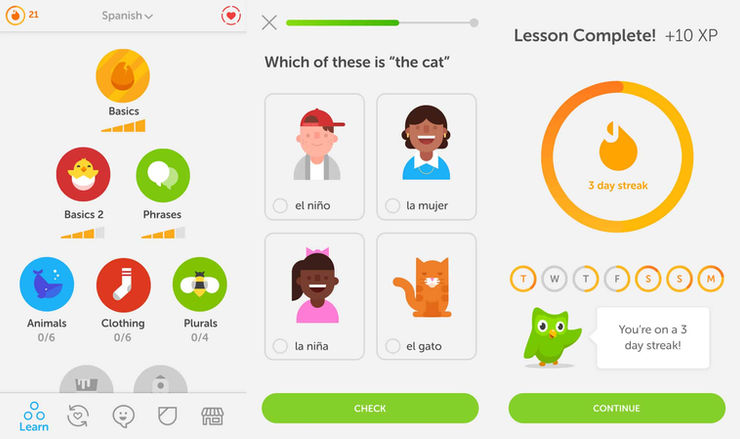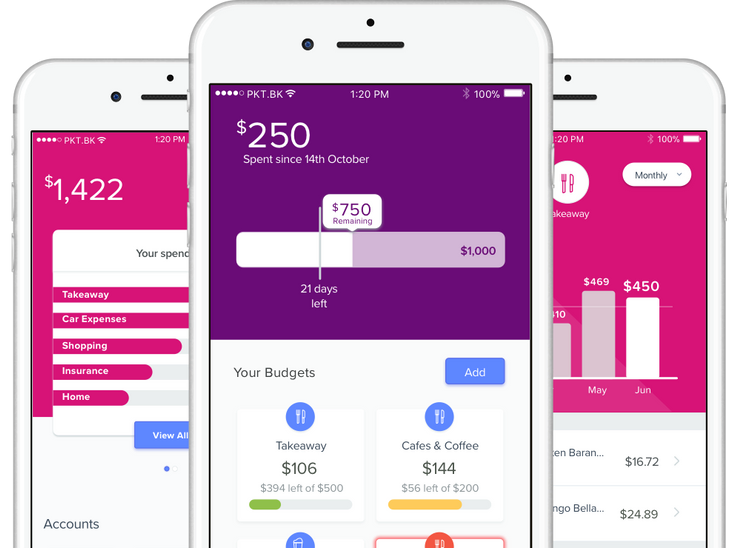Gamification in Marketing & Strategy
Gamification is the process of taking elements and concepts from game design and applying them to either a marketing strategy, business, workplace or anywhere really, where you are looking to get more engagement in a fixed or non-fixed time-frame.
One of the simplest forms of gamification you can probably relate to is getting a stamp every time you buy a coffee. Collect ten stamps and you get a free drink. No different from completing a level in a game and getting a prize.
There are numerous neurological interactions taking place at each moment from when you are first served the “Quest” (which in this context, is being given the card to acquire 10 coffees) all the way through to the “Reward” which would obviously be getting that sweet, sweet free coffee! As for why that free coffee tastes SO GOOD… we’ll talk to the role of Dopamine later.
In the digital world, the use of gaming elements is probably more common than you’d think: competitive leaderboards, progress bars, loyalty points, achievements.
Who’s using gamification in marketing the best?
Nike
Nike’s running app, Nike+ is one of the world’s standout gamified products.
It taps into the human nature of competition – pairing people up against peer groups, communities and friends through social media. The app tracks our running statistics and measures progress towards goals.
It compels us to set our own goals and inspires us to break records, developing a progressive mindset in the making.

Not only that, but it hooks up to social media so we can compete with (or show off to) our friends. The advantage for Nike is that it gets more people out and running which – ultimately – drives Nike sales.
Codecademy
Gamification works especially well when your content is dense or complicated. Learning code is particularly tricky, so Codecademy uses gamification to make it fun and addictive.
Check out this dashboard below & let’s explore some of the game-like elements.

Avatar: The default pic character compliments the popping colours on the page
Achievements: Often found in games and highly sought after titles carry a weight of prestige
Completed Skills: A form of achievement that entertains the reward system
There are clear ‘levels’ to advance to. It even keeps a running score of your best points and hot-streaks to keep you competitive.
Can you spot any others game-like elements?
Duolingo
Duolingo does a similar thing but for language learning. Complete with pretty, bright colours and caricatures and an Owl mascot! Duolingo feels more “game” than it does language learning app and we all know time flies when you’re having fun.

As you can see, the app uses multiple-choice questions and mapped out stages to keep users interested. You can also set goals, pick up badges, and earn points to buy power-ups along the way. Like most other gamified apps, Duolingo has a key focus on bringing friends together to compete against each other and against other aspiring language learners for achievement and bragging rights.
Pocketbook
Recently, Goldman Sachs estimated the FinTech industry to be worth $4.7 trillion USD, it should come as no surprise that cutting-edge FinTech start-ups are looking for ways to leverage modern-day marketing strategy into their products.

Pocketbook uses playful categorisations, interactive budgeting and data visualisations for achievement. The product designers have very strategically incorporated colours that we, as a culture associate with health.
Green = Healthy
Amber = Unhealthy / at risk
Red = At risk / Fatal
What we know about Gamification from Neuroscience
There are scientifically proven neurological responses taking place at each point in the game, especially for the times in which your brain anticipates reward – this is known as Dopamine and plays a key role in the art of gamification.
Gamification forges strong neural activity
Gamification involves creating a narrative around the learning activity that describes why the task is relevant to the learner. According to University of Reading researchers, attention spans are affected by the subject’s emotional connection with the activity.
There’s a specific part of the brain that activates during game interactions
The hippocampus is an area in the lower section of the brain which is largely responsible for knowledge recall. During learning, a strong hippocampal activation makes the content easier to remember and recall (Foerde & Shohamy, 2011). In clinical tests, the gameplay has been shown to stimulate these conditions.
“Identifying a direct connection between the stimulation of neural circuits and game play is a key step in unlocking the potential for game-based tools to inspire positive behaviour and improve health,” Brian Knutson, associate professor of psychology and neuroscience at Stanford University.
Identifying a direct connection between the stimulation of neural circuits and game play is a key step in unlocking the potential for game-based tools to inspire positive behaviour and improve health,” Brian Knutson, associate professor of psychology and neuroscience at Stanford University.
Dopamine creates positive reinforcing associations with learning and habits
Dopamine is released whenever we are rewarded for a specific action. Gamification focuses on giving learners instantaneous feedback which might not otherwise be available. By giving rewards for achieving learning goals, learners begin to associate the learning with positive emotions, prompting them to try to repeat it (i.e., seek out more learning).
The brain processes stories much better than facts
One of the key components of a compelling game is a good story. People will remember stories better than lists of unconnected facts. When we are engaged in a strong narrative, the brain releases oxytocin. Oxytocin is a chemical that generates feelings of trust, empathy, depth to name a few. As a result, when the brain receives information presented as a compelling story, it associates a strong validity leading to an increased level of information retention.
Badges and rewards can trigger serotonin release
Serotonin is a hormone that governs our overall mood. Plenty of serotonin makes for a sunny disposition whereas a drop in serotonin might leave you feeling a bit grumpy. Aside from eating properly, serotonin release is also triggered by remembering past successes. It’s precisely for this reason we see levels, badges and/or achievements featured in modern learning management systems. One organisation that has perfected the gamification element is Salesforce with their Trailblazer initiative which has gamified a journey of Salesforce Development learning into an almost cult-like pilgrimage.
VIDEO: Salesforce Trailblazer promotion video
In another academic study, experimenters analysed over an 8 week period, 21 resident surgeons who were required to use and practice on simulators (da Vinci Skills Simulator) as part of their roles as surgeons. Kerfoot, B. P., & Kissane, N. (2014). The Use of Gamification to Boost Residents’ Engagement in Simulation Training. Kerfoot et al successfully increased the rate in which residents engaged with the simulation by incorporating gamification into the LMS for these surgeons. After the announcement of the tournament stage, the estimated cost per hour of simulator use decreased 91% from $864 to $74.
Gamification is still being explored and more research will be published for us to truly understand the benefit that is being applied on a neurological level. The early progress is promising though. We looked at many successful examples such as Nike+ who nailed gamification tactics for their running app to increase user engagement. If done strategically to a degree that resonates with your audience’s interests, engagement is guaranteed to increase exponentially.
Think about some of these examples and how you can incorporate gamification into your business, marketing strategy or app.
